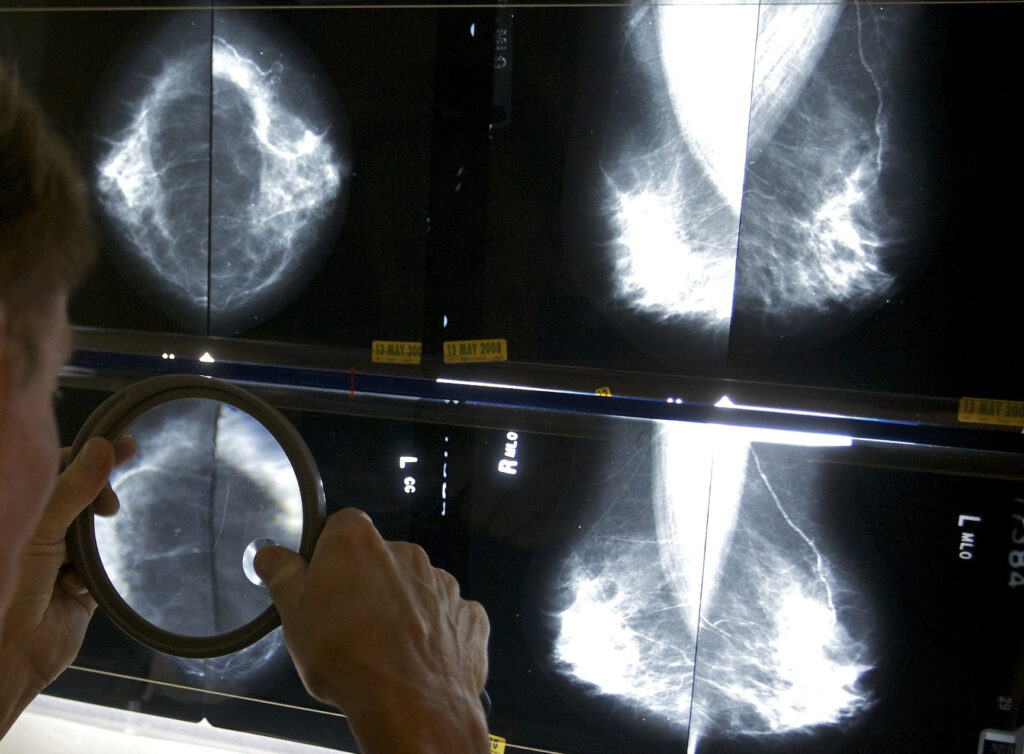
The Trump administration aims to slash federal research grants — threatening a source of funding for more than 9,000 jobs in Tennessee.
The administration announced it would make major cuts to National Institutes of Health grants. Tennessee gets around $700 million a year in NIH funding. The money goes to universities, hospitals and biomedical companies.
The aim is to drop that budget — even on projects that are already underway — by nearly eliminating the funding for so-called indirect costs. Those cover the not-so-obvious needs in a lab, like electricity, water, building maintenance, IT, support staff and janitorial services. For projects at big research universities — like Vanderbilt and the University of Tennessee — some of the money helps the overall school stay afloat.
Not just the big schools
Although most of this funding goes to major research institutions in Nashville and Memphis, millions have gone to projects in smaller towns, including Tullahoma, Oak Ridge, Murfreesboro, Covington and Johnson City.
In fiscal year 2023, NIH funded 1,356 projects in Tennessee. A few examples: St. Jude is looking for ways to improve children’s cancer care in low-resource hospitals. Vanderbilt is trying to help children with Down syndrome have better speech development. Meharry Medical College has a lab to keep the school — and surrounding medical providers — up to date on the newest HIV treatments. The University of Tennessee system is trying to help Alzheimer’s patients with cancer manage pain.
There are several active clinical trials. Patients include children under 12 with brain cancer, pediatric cancer survivors who are struggling to exercise because of treatment side effects, and rural cancer patients with poor access to care.
You can find more Tennessee-specific projects at this website — for now. The Trump administration has been shutting down government webpages and erasing federal data. That has been particularly true for health-related agencies.
Why cut at all?
Conservative organizations like the Heritage Foundation have advocated for this policy. They argue that philanthropic organizations don’t pay as much for indirect costs, so taxpayers shouldn’t either. That’s the explanation officials at NIH offered Friday, when the cut was announced.
“Most private foundations that fund research provide substantially lower indirect costs than the federal government, and universities readily accept grants from these foundations,” the NIH said in a notification released Friday announcing the change.
Like many of the funding block sagas unfolding in recent weeks, this one has developed at breakneck speed. The initial announcement came late Friday.
A coalition of 22 states — mostly led by Democrats — filed a lawsuit challenging the decision on Monday. That evening, a federal judge issued an order that hit the pause button on the funding cut, noting that federal law explicitly says the executive branch can’t do that. But that order applied only to the 22 states in the lawsuit. Then, a ruling in a separate lawsuit expanded that protection to all states.
“You don’t need to be a brain surgeon to understand that in order to conduct medical research, institutions need laboratories in clinical trials, they need specialized staff and technology support just as any of our workplaces do,” Massachusetts Attorney General Andrea Joy Campbell told reporters on Monday, including NPR.
As of Tuesday at noon, there hasn’t been an announcement on whether the administration will heed this order.
It’s not a given that the administration will obey. It’s embroiled in a lawsuit over other grant cuts, and it hasn’t complied with a court order to reinstate the funding. A judge is warning that failure to comply would be a crime.

